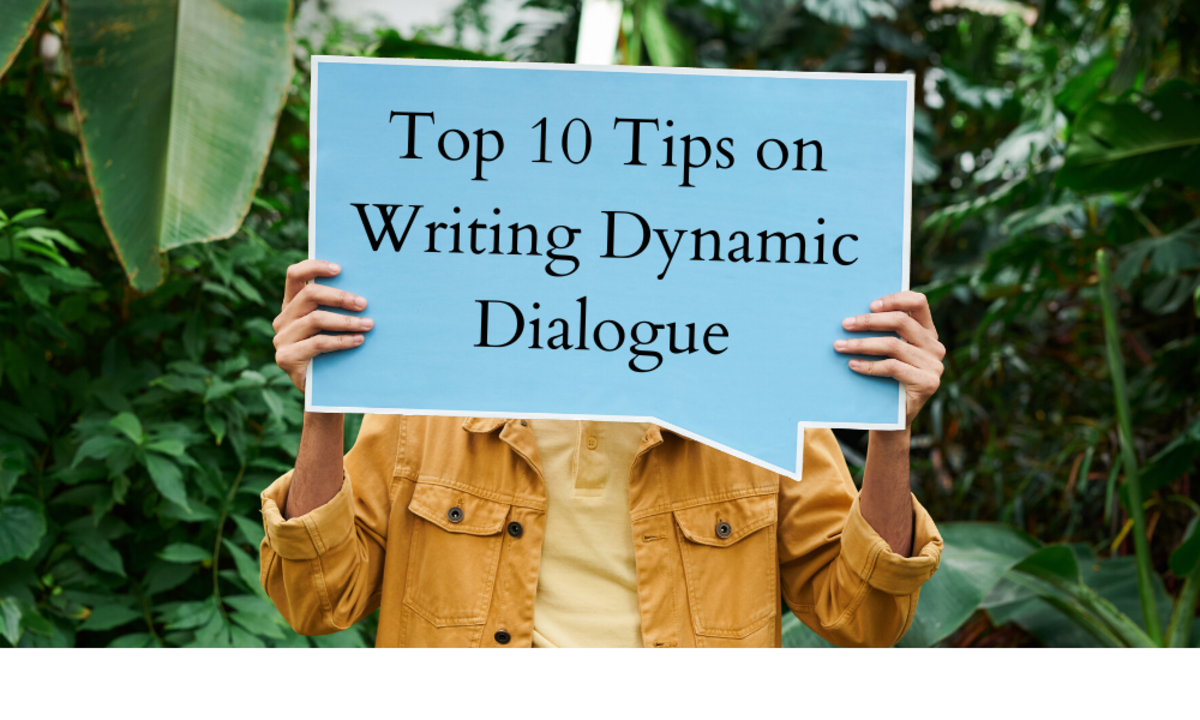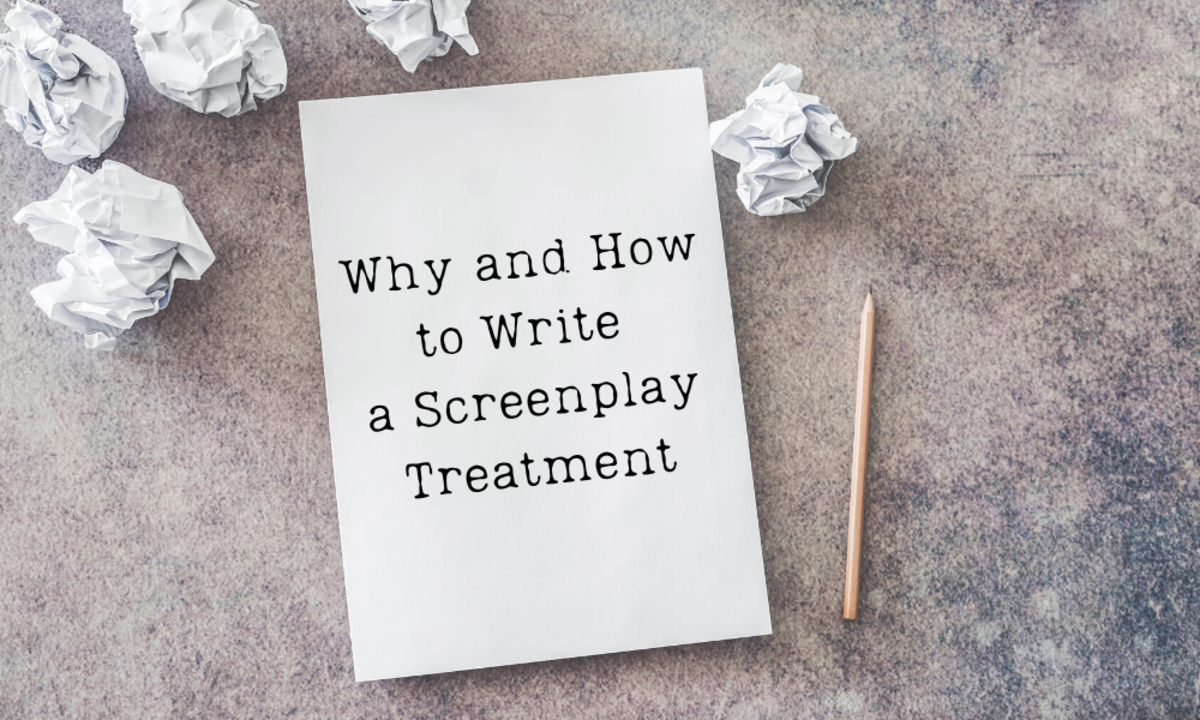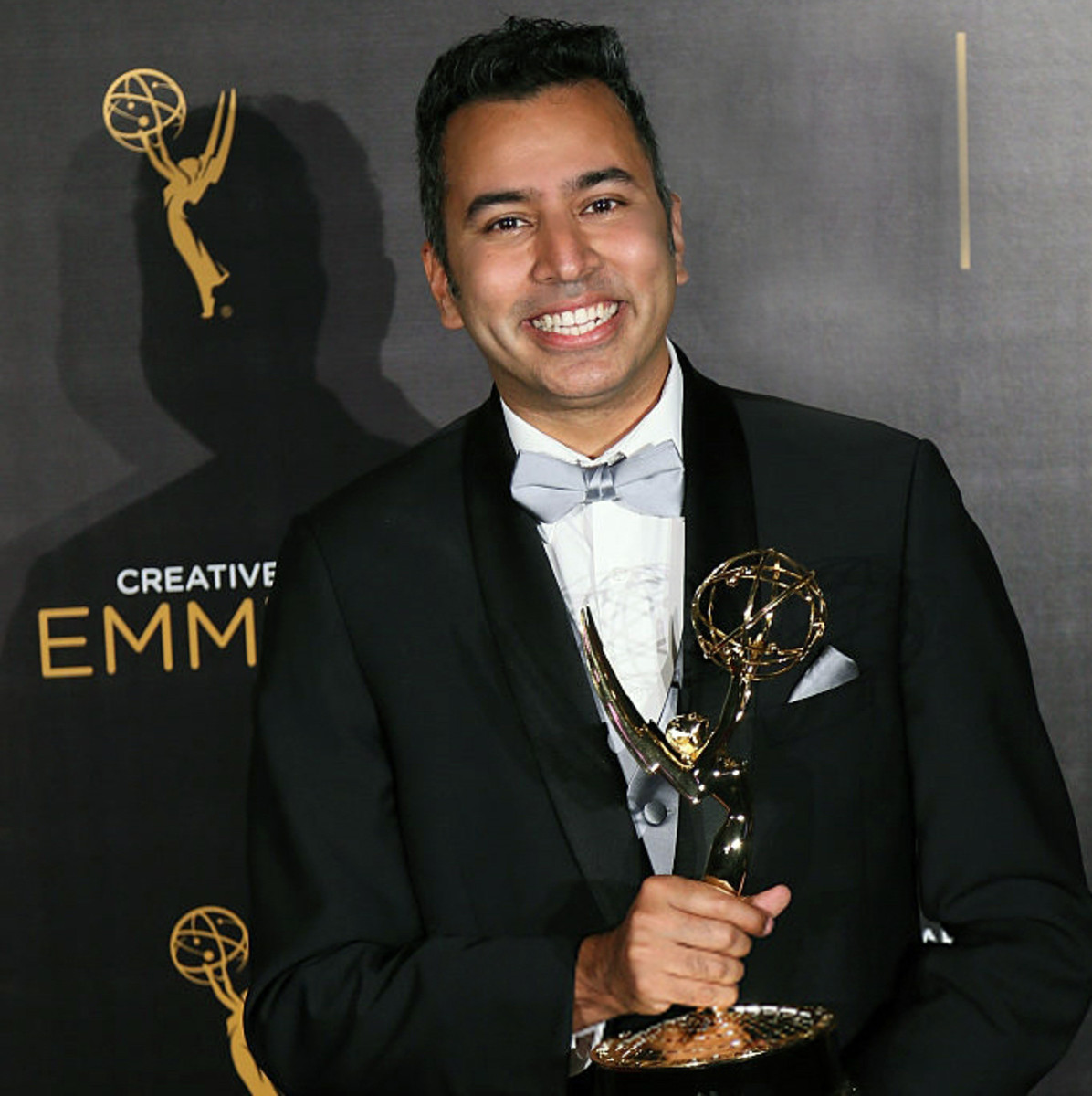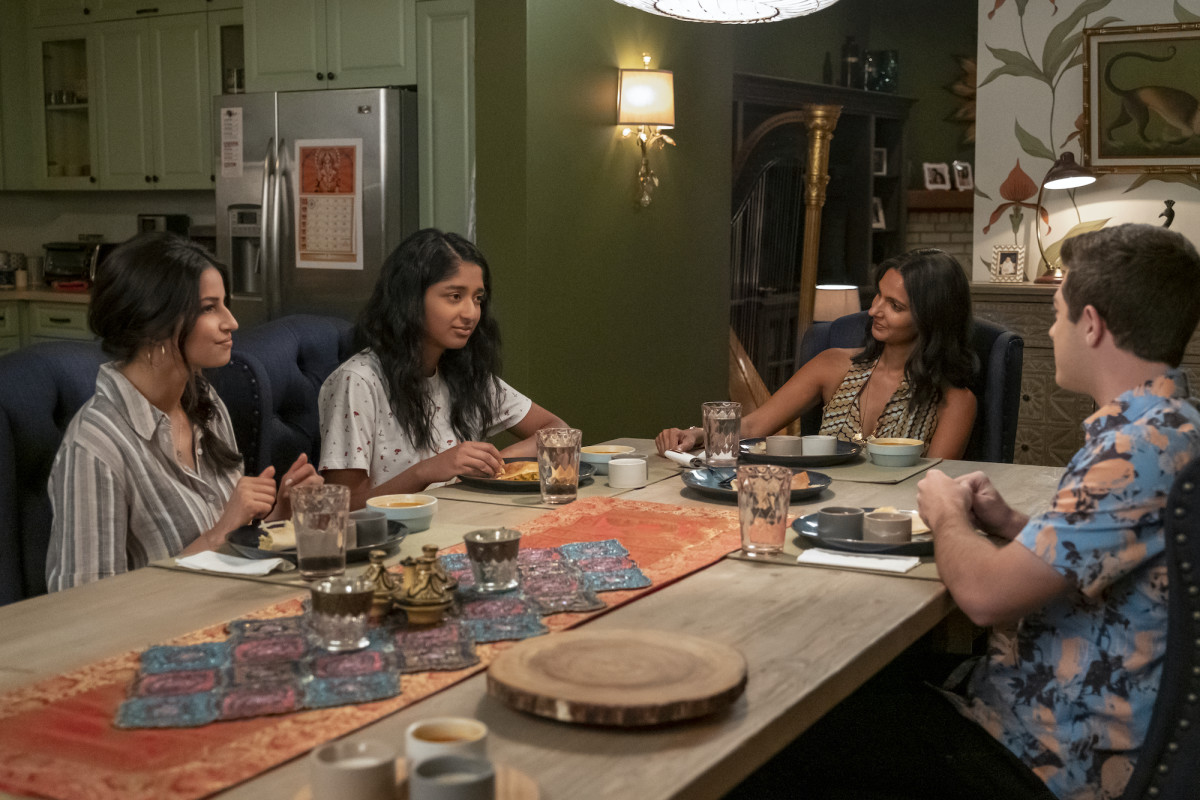Film executives, agents, directors, producers, and all those reading your script demand that your characters “speak” to them. Susan Kouguell shares her top 10 tips for writing dynamic dialogue.
Click to tweet this article to your friends and followers!

“Frankly, my dear, I don’t give a damn.”
Film industry folks actually do give a damn about your dialogue and so should you. (And you thought I was going to say: Who else but Rhett Butler in Gone with the Wind could have said this memorable line?!)
Characters’ voices must be distinct and not interchangeable with other characters. Readers must be able to identify who is speaking without needing to look at character headings. Always make every word count; sometimes less is more and the less said can prove more poignant.
Film executives, agents, directors, producers, and all those reading your script demand that your characters “speak” to them. (Meaning, the dialogue must ring true and be distinct to your characters.)
Remember, as Jake La Motta (Raging Bull) said: “I’m da boss, I’m da boss, I’m da boss, I’m da boss, I’m da boss…” (Film industry folks are the boss because they have the power to greenlight or reject your script.)
Subtext
I’m sure many of you have read about the importance of subtext in scripts, but what does that really mean to you? Using subtext serves as a way to convey characters’ intentions without hitting the audience over the head. In dialogue, for example, a character says one thing, but there’s an underlying meaning in what she’s saying.
In writer and director Joseph L. Mankiewicz’s All About Eve, Dewitt says to Margo, “Dear Margo. You were an unforgettable Peter Pan. You must play it again soon.” The subtext addresses Margo’s blatant obsession and fear of aging. (Ageism is also one theme of this film.)
In Lady Bird (written and directed by Greta Gerwig), when Kyle picks Lady Bird up for prom by honking, Lady Bird’s father calmly and without judgment asks his daughter: “You aren’t gonna get in a car with a guy who honks, are you?”
Ten Top Tips to Writing Good Dialogue
1. Dialogue must clearly convey emotions, attitudes, strengths, vulnerabilities, goals, and so on, while revealing the details of your plot and advancing your narrative.
2. Every word of dialogue must be true to your character. Always consider your characters’ behaviors and motivations when they speak.
3. Consider silences and pauses your characters might use, or another character’s interruptions, to further convey tensions, actions, moods, and emotions.
4. In real life, most people do not always speak with flawless grammar in complete, formal sentences. Dialogue must not sound wooden or stilted.
5. To make your characters’ dialogue more identifiable consider using contractions, colloquialisms, slang, and so on, when true to your characters.
6. Characters can speak in verbal shorthand, such as family members and best friends.
7. Keep in mind how your characters listen or don’t listen to each other and respond or don’t respond to each other.
8. Always research your topics thoroughly so if your character is speaking about legal issues for example, you are accurate. The same is true when writing a period film; do your research so your characters’ dialogue is historically accurate.
9. Watch out for on-the-nose dialogue. People don’t always say exactly what’s on their mind or say what they mean and neither should your characters.
10. Writing character biographies in the first person (in their voices) for all of your characters will help to hone in on their specific word choices and language usages, such as slang, speech patterns, and rhythms.
Now, imagine yourself standing in a trench coat in a black-and-white film, talking to film industry folks and hearing Rick’s voice (from Casablanca) in your head saying: “Louis, I think this is the beginning of a beautiful friendship.” But this time, it will be the beginning of a beautiful work relationship when you write a script with sparkling dialogue that film executives will champion to get onto the silver screen.




